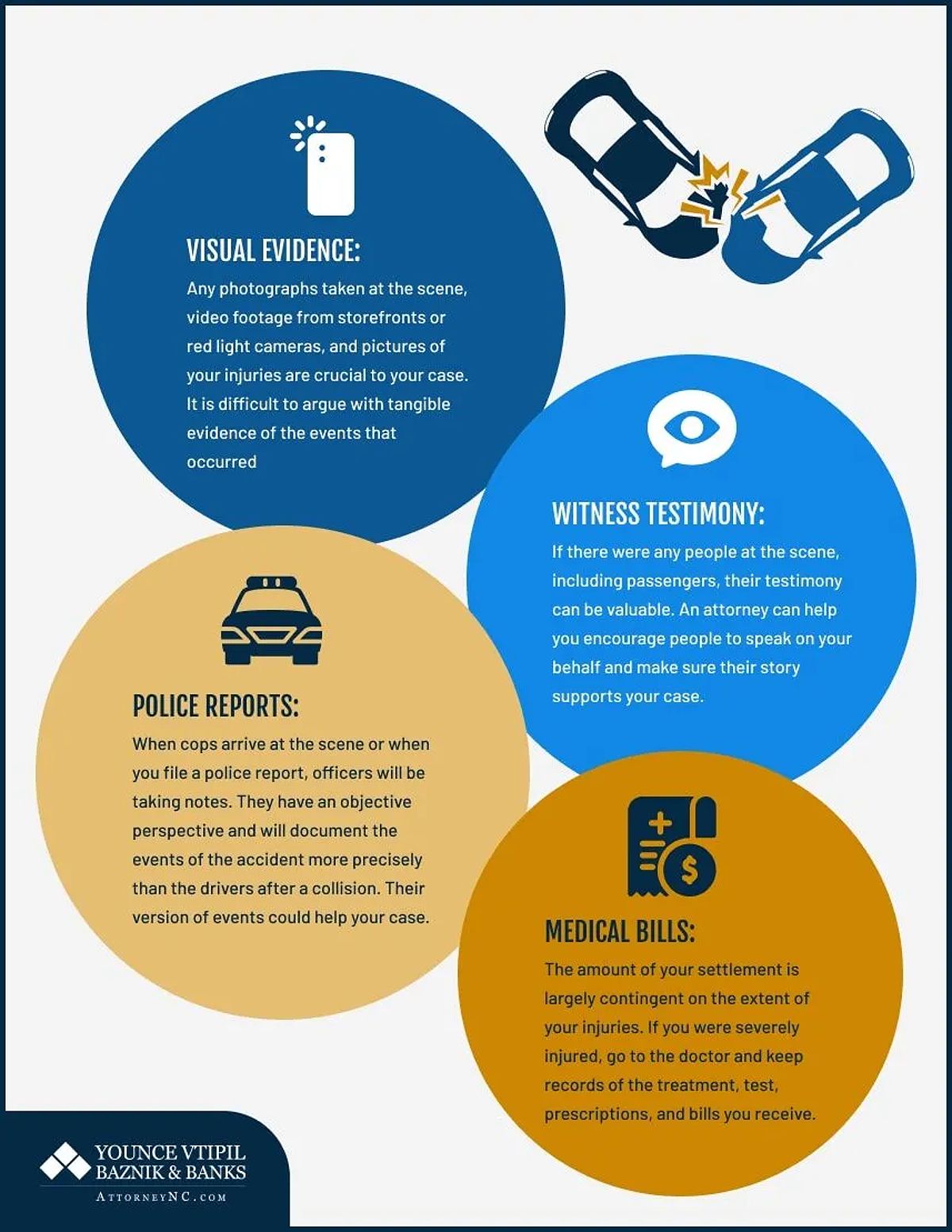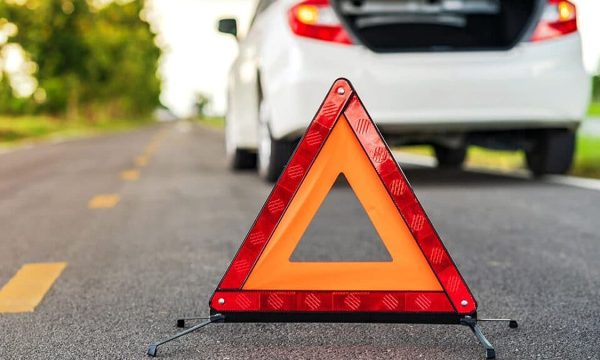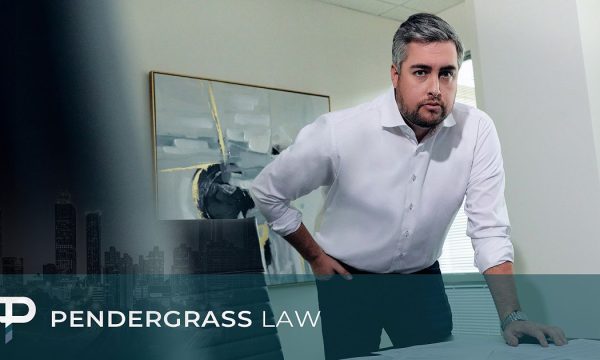Imagine you’re driving down the road when another car suddenly swerves into your lane, causing a collision. You’re shaken, perhaps injured, and left wondering what steps to take next. In Texas, the law of car accidents governs the actions you need to follow to protect yourself and ensure you receive the compensation you deserve. This article will guide you through the legal framework surrounding car accidents in Texas, helping you understand your options and navigate the process effectively.
Toc
Understanding the Law of Car Accidents in Texas
The Texas Fault System
Texas operates under a “fault” system when it comes to car accidents, which means that the driver deemed responsible for the accident is liable for the damages incurred. This system is distinct from “no-fault” states, where each driver’s insurance covers their own injuries and losses, regardless of who caused the accident.
In practical terms, if two vehicles collide at an intersection due to one driver running a red light, the driver who violated the traffic signal is considered at fault and is responsible for compensating the other driver for any damages. Understanding this system is crucial for any driver in Texas, as it directly influences how claims are handled and what compensation may be available.
Determining Fault
Establishing fault in a car accident can be intricate. It typically involves a thorough examination of various forms of evidence, including:
- Witness statements: Testimonies from individuals who observed the accident can provide critical insights.
- Police reports: Official documentation from law enforcement can clarify the circumstances surrounding the incident.
- Photographs of the accident scene: Visual evidence can help reconstruct the events leading up to the crash.
- Physical evidence: This includes skid marks, debris, and vehicle damage, all of which can indicate how the accident occurred.
- Expert testimony: In complex cases, expert witnesses may be needed to analyze the evidence and provide professional opinions.
The burden of proof lies with the party asserting that the other driver was at fault. Essentially, if you are seeking compensation, it’s your responsibility to demonstrate that the other driver’s negligence or reckless behavior caused the accident.

Liability and Damages
Liability refers to the legal obligation to compensate for harm caused to another party. If a driver is found liable, they may be required to cover various types of damages, including:
- Medical expenses: Costs associated with treating injuries sustained in the accident.
- Vehicle repair or replacement costs: Expenses incurred to fix or replace the damaged vehicle.
- Lost wages: Compensation for income lost due to injuries that prevent you from working.
- Pain and suffering: Non-economic damages that account for the physical and emotional distress experienced.
The amount of damages awarded is typically determined by the severity of the injuries and the extent of the property damage incurred.
Car Insurance in Texas
Required Coverage
Texas law mandates that all drivers carry a minimum level of liability insurance, often referred to as “30/60/25” coverage:
- $30,000 for bodily injury or death of one individual.
- $60,000 for bodily injury or death of two or more individuals.
- $25,000 for property damage.
This minimum coverage is designed to protect drivers from substantial out-of-pocket expenses following an accident. Driving without insurance not only exposes you to financial risk but can also lead to legal penalties.
Optional Coverage
Beyond the required liability coverage, Texas drivers have the option to purchase additional insurance types, including:
- Collision coverage: This pays for damages to your vehicle resulting from a collision with another vehicle or object.
- Comprehensive coverage: This covers damages to your vehicle caused by incidents other than collisions, such as theft, vandalism, or natural disasters.
- Personal Injury Protection (PIP): This insurance covers medical expenses and lost wages, regardless of who is at fault in the accident.
- Uninsured/Underinsured Motorist (UM/UIM) coverage: This protects you if the driver responsible for the accident lacks sufficient insurance.
Choosing the right coverage can provide valuable protection and peace of mind in the event of an accident.
The Claims Process
If you’re involved in a car accident in Texas, the first step is to report the incident to your insurance company. Your insurer will investigate the accident, assess the damages, and attempt to negotiate a settlement with the other party’s insurance provider.
Cooperation with your insurance company is essential. Be prepared to provide any necessary documentation, such as police reports, medical records, and repair estimates. Keeping detailed records of your expenses and injuries will support your claim and help ensure you receive fair compensation.
Legal Options After a Car Accident
Filing a Lawsuit
If you cannot reach a satisfactory settlement with the insurance companies, you may consider filing a lawsuit against the at-fault driver. In Texas, you have a two-year statute of limitations to file a personal injury lawsuit related to a car accident. This means you must initiate legal proceedings within two years from the date of the accident.
An experienced car accident attorney can guide you through the legal process, help gather evidence, and represent your interests in court. They can also provide insights into the potential compensation you may be entitled to, which can include damages for medical bills, lost wages, and pain and suffering.

Modified Comparative Fault Rule
Texas employs a “modified comparative fault” rule, which means that if you are found to be partially at fault for the accident, your compensation may be reduced based on your percentage of fault. However, if you are determined to be 51% or more responsible, you are barred from recovering any damages.
For instance, if you are found to be 30% at fault for an accident while the other driver is 70% at fault, you would be entitled to 70% of the total damages. Understanding this rule is vital, as it can significantly impact the compensation you may receive.
Negotiating a Settlement
In many instances, negotiating a settlement with the at-fault driver’s insurance company can be a quicker and more efficient way to resolve the dispute without resorting to court. An attorney can help you understand the value of your claim and negotiate effectively to ensure you receive a fair settlement. They can also advise you on when it may be necessary to pursue legal action if the insurance company does not offer a reasonable settlement.
Tips for Drivers in Texas
To minimize the risk of being involved in a car accident and to protect yourself in the event of an incident, consider the following tips:
- Drive defensively: Always be aware of your surroundings and anticipate the actions of other drivers.
- Maintain your vehicle: Regularly check and service your vehicle to ensure it operates safely.
- Obey traffic laws: Adhere to speed limits and traffic signals to prevent accidents.
- Avoid distractions: Stay focused on the road and avoid using your phone or engaging in other distracting activities while driving.
- Keep your insurance information handy: Have your insurance details readily accessible in case of an accident.
- Know your rights: Familiarize yourself with your rights and responsibilities under Texas law to empower yourself in case of an accident.
By understanding the law of car accidents in Texas and taking proactive measures to drive safely, you can reduce the risk of being involved in a collision and be prepared to protect your rights should an accident occur.
FAQ
Q: What should I do immediately after a car accident?
1. https://viralblogspost.com/mmoga-work-injury-law-firm
2. https://viralblogspost.com/personal-injury-law-firm-san-antonio
3. https://viralblogspost.com/personal-injury-law-firms-tampa
4. https://viralblogspost.com/law-office-car-accident
5. https://viralblogspost.com/mmoga-personal-injury-law-firm
A: After a car accident, ensure everyone’s safety first, move vehicles to a secure location if possible, call the police, exchange information with the other driver, document the scene with photos, and contact your insurance company as soon as you can.
Q: What if the other driver doesn’t have insurance?
A: If you find yourself in a situation where the other driver is uninsured or underinsured, you can file a claim with your own insurance company under your Uninsured/Underinsured Motorist (UM/UIM) coverage. This can help cover your damages when the other party lacks sufficient insurance.
Q: Can I sue the other driver if I was partially at fault?
A: Yes, you can still pursue legal action, but under Texas’s modified comparative fault rule, your compensation will be reduced according to your percentage of fault. For example, if you are found to be 30% responsible, you would receive 70% of the total damages awarded.
Q: How long do I have to file a lawsuit after a car accident?
A: In Texas, the statute of limitations for filing a personal injury lawsuit related to a car accident is two years. This means you must begin legal proceedings within two years from the date of the accident.
Conclusion
Understanding the law of car accidents in Texas is essential for protecting your rights and ensuring you receive the compensation you deserve if you are involved in a collision. By familiarizing yourself with the fault system, insurance requirements, and your legal options, you can confidently navigate the aftermath of an accident and take the necessary steps to safeguard your financial and personal well-being.
If you find yourself in a car accident in Texas, it is crucial to consult with an experienced car accident attorney to discuss your legal options and protect your rights. Remember, being informed and prepared can make all the difference in a challenging situation.






Leave a Reply